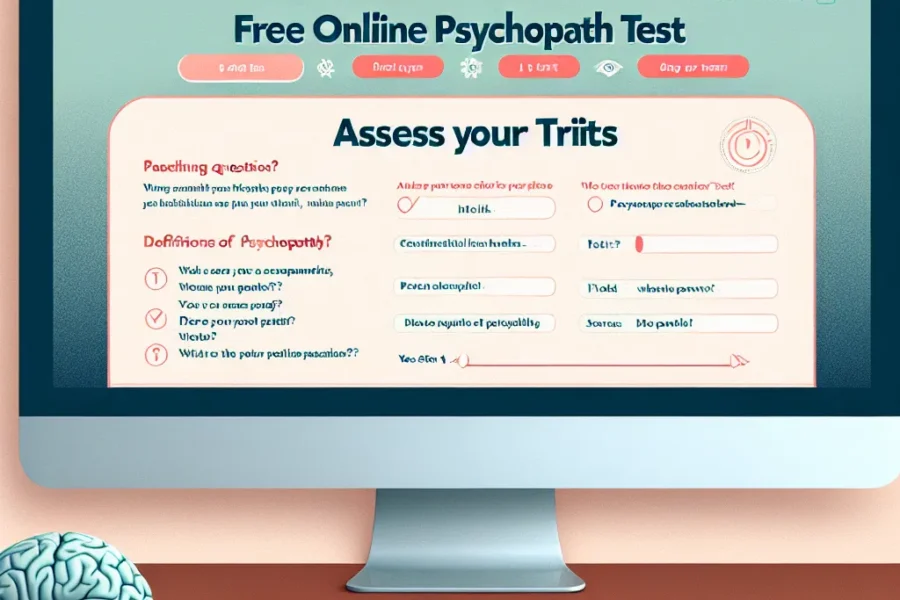Understanding the human mind has long fascinated researchers, psychologists, and even the average person. Among the various theories devised to unravel the intricate web of human emotions, behaviors, and thoughts, psychodynamic theory holds a significant place. It serves as a cornerstone in the field of psychology, offering a comprehensive framework for interpreting the complex psychological processes that underlie human behavior.
Psychodynamic theory originated from the groundbreaking work of Sigmund Freud in the late 19th and early 20th centuries. Freud proposed that our mental states were influenced by unconscious processes, including desires, thoughts, and memories of which we are not fully aware. The theory has evolved over time, with contributions from other eminent psychologists like Carl Jung, Melanie Klein, and Erik Erikson, each of whom expanded on Freud’s concepts to enhance our understanding of the human mind.
The approach posits that our experiences, particularly those in early childhood, shape our personality and can have long-lasting effects on our behavior and mental health. Through the lens of psychodynamic theory, we come to understand that unresolved conflicts from our past can surface in adulthood, often manifesting as psychological distress or dysfunctional patterns in our relationships.
A pivotal concept in psychodynamic theory is the mental model consisting of the id, ego, and superego. The id represents primal instincts and desires that seek immediate gratification. The superego comprises our internalized societal and moral standards, while the ego acts as the mediating force, striving to balance the demands of both the id and superego. This model aids in explaining internal conflicts and rationale behind human behaviors that often seem irrational on the surface.
Another core aspect of psychodynamic theory is defense mechanisms — unconscious protective measures that the ego employs to reduce anxiety arising from unacceptable thoughts or harmful stimuli. Defense mechanisms such as denial, repression, projection, and sublimation play a crucial role in shaping our mental well-being and relationships. By understanding these processes, mental health professionals can better comprehend the root causes of their clients’ troubles.
Attachment theory, a branch of psychodynamic theory spearheaded by John Bowlby and Mary Ainsworth, emphasizes the importance of early relationships with caregivers in determining our future relational patterns. The nature of these early attachments profoundly influences the individual’s sense of security and self-worth. Secure attachments can lead to healthy adult relationships, while insecure or disorganized attachments can contribute to emotional and social difficulties.
The psychodynamic approach also underscores the significance of dreams and free association as windows into the unconcious mind. Freud famously described dreams as the “royal road to the unconscious,” suggesting they could reveal insights into wishes and fears that are not directly accessible to the conscious mind. Free association, a technique in which individuals express their stream of consciousness without censorship, is used by therapists to uncover hidden emotions and conflicts.
In the therapeutic context, psychodynamic psychotherapy involves exploring these unconscious processes, early life experiences, and the patient’s relationship patterns to uncover the underlying sources of distress. By making the unconscious conscious, individuals can gain insight into their problems, leading to symptom relief and personality changes.
Moreover, psychodynamic theory has helped expand the horizons of social psychology, contributing to our understanding of group behavior, leadership, and societal dynamics. The influence of unconscious processes extends beyond the individual, affecting group interactions and cultural phenomena.
Despite the wide range of insights provided by psychodynamic theory, it is not without its critics. Some argue that the theory places too much emphasis on childhood experiences and unconscious motives, leading to a deterministic view of human nature. Additionally, the subjective nature of its concepts makes them challenging to test empirically, thereby drawing skepticism from those who prefer more quantitative approaches.
Nonetheless, the advent of new research methods and neuroimaging technologies has revived interest in classical psychodynamic concepts, exploring their validity and neural correlates. Studies using functional magnetic resonance imaging (fMRI) and positron emission tomography (PET) scans have provided evidence for the existence of unconscious processes and have begun to reveal the brain mechanisms involved in defense mechanisms.
The legacy of psychodynamic theory is evident in its enduring influence on contemporary psychology and the continued relevance of its core concepts in understanding human behavior. Its focus on the unconscious mind and the formative impact of early experiences offers valuable perspectives that complement other psychological models.
In light of current psychological research, psychodynamic theory continues to evolve, integrating findings from cognitive science, neuroscience, and attachment research. For example, the concept of neuroplasticity supports the psychodynamic idea that early experiences can shape the brain’s development, thus influencing later behavior and personality.
As mental health professionals and researchers strive to understand the complexities of the human mind, psychodynamic theory remains a vital tool in illuminating the deep-rooted influences on our thoughts, emotions, and behaviors. It challenges us to look beyond the surface and consider the profound internal processes that drive us.
In conclusion, the significance of psychodynamic theory in understanding the human mind cannot be overstated. With its rich history and continued developments, it remains a foundational framework within psychology, helping unravel the mysteries of human behavior and fostering greater empathy and insight into the psychological struggles people face. Whether you are a psychologist, a student of psychology, or simply someone seeking to understand the intricacies of the human condition, psychodynamic theory offers invaluable perspectives that enrich our comprehension of ourselves and others.



Leave a Comment